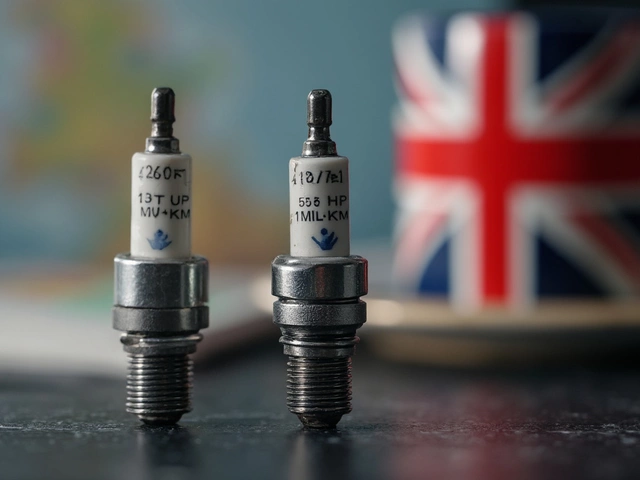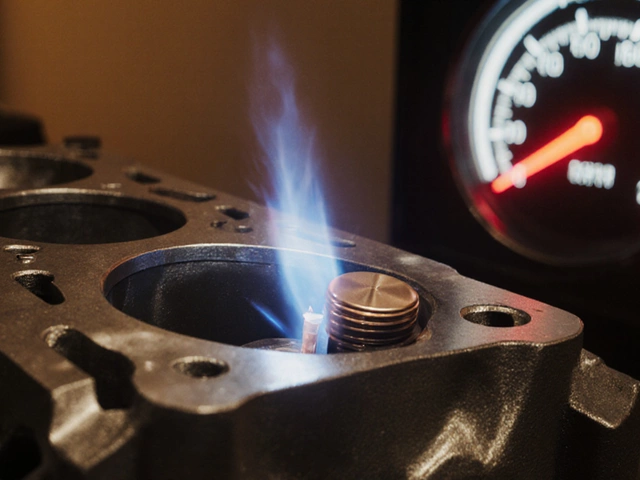How to Test Car Battery – Quick DIY Guide
If your car is slow to start or lights dim, the battery might be the culprit. Testing it yourself saves time and money, and you can do it with a few common tools. Below you’ll find a straightforward process that works for most cars, whether you’re a beginner or have some garage experience.
Tools You Need
Grab a digital multimeter, a battery load tester (optional but handy), and a clean rag. A set of gloves and safety glasses are smart choices – batteries contain acid and can spark. If you’re on a budget, the multimeter alone will give you accurate voltage readings.
Step‑by‑Step Battery Test
1. Check the voltage with the engine off. Set the multimeter to DC volts, attach the red probe to the positive (+) terminal and the black probe to the negative (‑) terminal. A healthy, fully charged battery should read between 12.6 V and 12.8 V. Anything below 12.4 V indicates it’s undercharged.
2. Start the engine and watch the voltage. Turn the key to start the car. The voltage should stay above 9.6 V while the engine cranks. If it drops lower, the battery struggles to deliver power, meaning it’s likely weak or damaged.
3. Run the engine and measure again. Let the car idle for a few minutes, then check the voltage again. You should see 13.7 V to 14.7 V, showing the alternator is charging the battery. If the number stays low, the alternator might be the issue, not the battery.
4. Load test (optional). If you have a load tester, apply a load equal to half the battery’s Cold Cranking Amps (CCA) for 15 seconds. The voltage should remain above 9.6 V. A drop below that means the battery can’t handle real‑world demand.
5. Inspect the physical condition. Look for corrosion on terminals, cracked casings, or leaking fluid. Clean any buildup with the rag and a bit of baking‑soda solution. Even a good voltage reading can be misleading if the connections are rusty.
After you finish, note the readings. If the voltage is low or the battery fails the load test, it’s time for a replacement. If everything checks out, charge the battery with a smart charger and re‑test after a few hours.
Testing your car battery doesn’t have to be a chore. With a multimeter and a few minutes, you can spot problems early and avoid being stuck on the roadside. Keep this guide handy, and you’ll know exactly what to do the next time your car feels sluggish at start‑up.
 11 September 2025
11 September 2025
How to Tell If Your Car Needs a New Battery: Signs, Tests, and Costs
Know when to replace your car battery. Learn clear symptoms, quick tests, exact voltages, costs, and a repair vs replace decision tree you can use today.
Latest Posts
-

Spark Plug Lifespan in KM: What You Need to Know
-

Do Spark Plugs Add Horsepower? Myths, Facts, and How to Choose the Right One
-

Do New Spark Plugs Really Boost Engine Performance?
-

Can You Drive With a Bent Suspension? Dangers, Signs, and Real Fixes
-

How Do I Know If I Need a New Clutch Kit? Signs, Tips, and What to Do Next

0